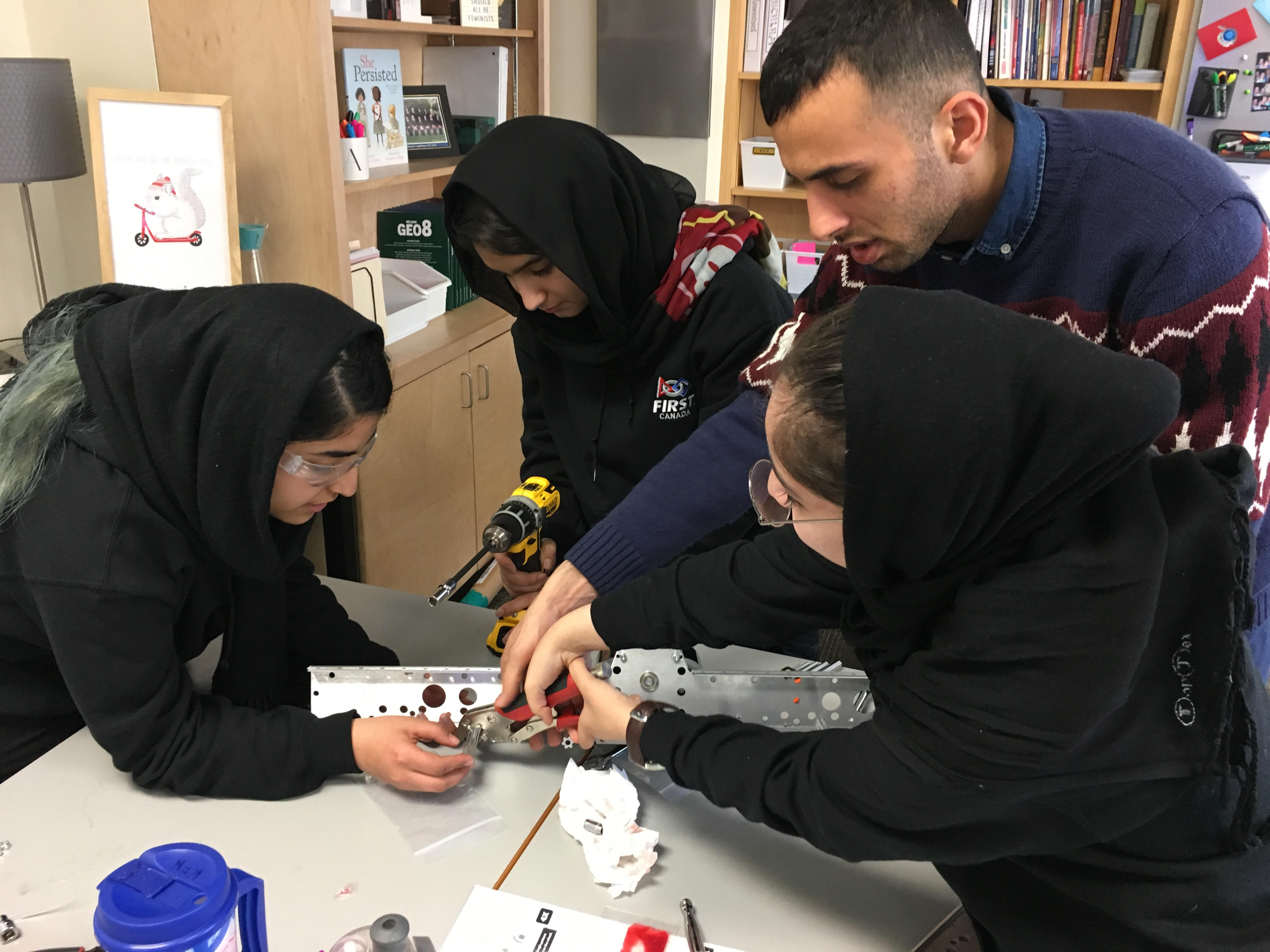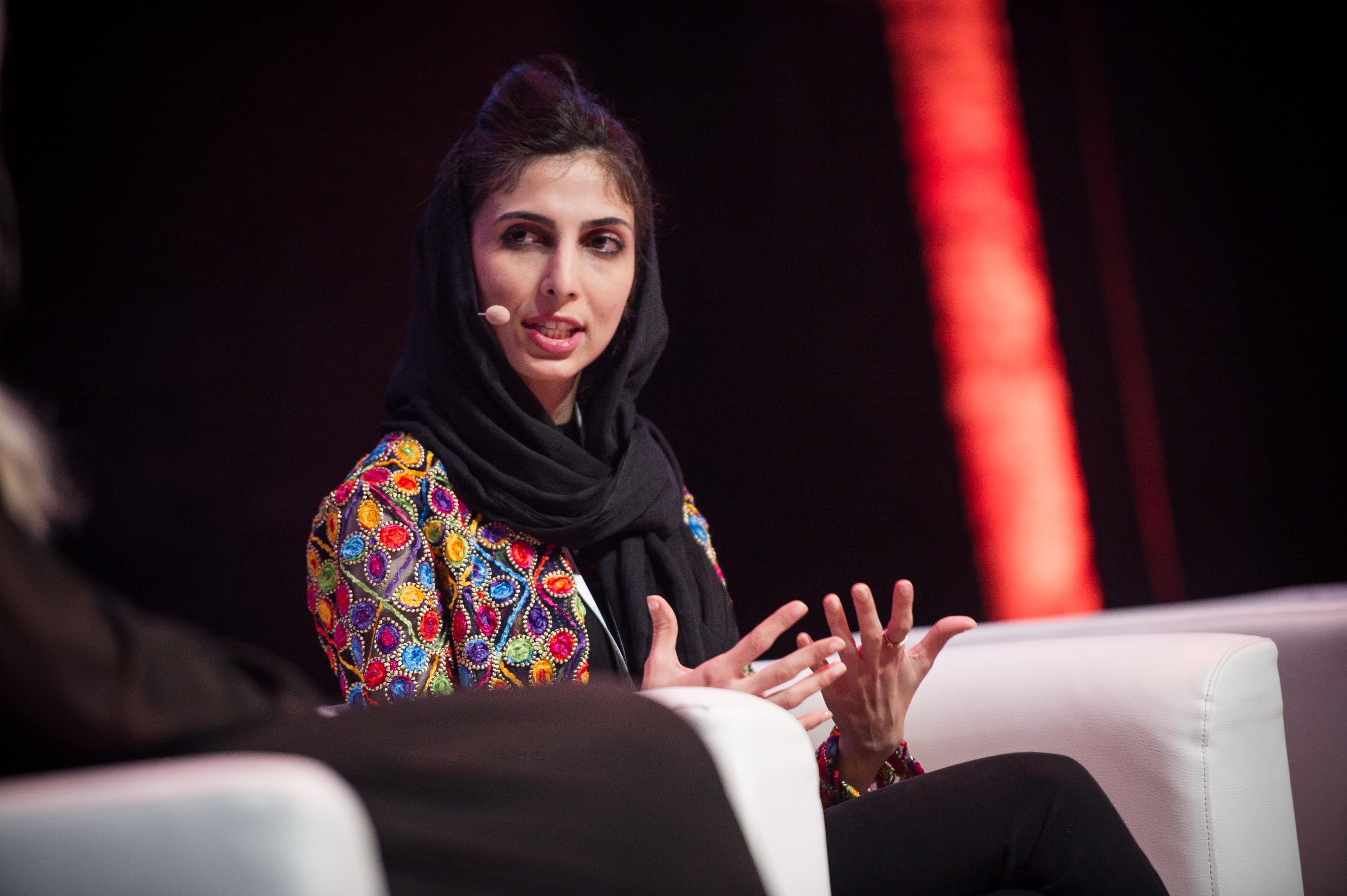As the world is ravaged by the novel coronavirus pandemic, many tech enthusiasts around the world are coming forward to build cost-effective ventilators and other necessary medical equipment to battle with the global pandemic.
To battle with the coronavirus, Afghanistan is in dire need of critical healthcare equipments. According to recent reports, the country is nearly empty-handed, having 400 ventilators for 36 million people. These crises spurred an Afghan girls robotics team to make low-cost ventilators.
This group of 14-17 year old Afghan girls made a ventilator from Toyota Auto parts
The team members, who call themselves the Afghan Dreamers, have stepped up with a brilliant idea of designing a low-cost prototype ventilator. They used readily available parts, such as the motor from a Toyota Corolla.

The team of all five female members, named Somaya Faruqi, Dyana Wahbzadeh, Folernace Poya, Ellaham Mansori and Nahid Rahimi, planned to design a prototype ventilator which is relatively cheaper than the ones available in markets.
They have been working on two types of prototypes: One is a gear-based system based on a design from the Massachusetts Institute of Technology in the US while the other uses parts from a Toyota Corolla.
The MIT based design ventilator uses a mechanical system operating a hand-manipulated
plastic pouch, which is available in large quantities in hospitals. Its operation includes squeezing of the bag which pumps air into a patient’s lung.
“The complicated part is how to adjust the timing and pressure of pumping, as different patients require different volume and pressure according to their severity and age” Somya Hussain, a 17 years old captain of the team, told AFP.
For the other ventilator, they use the corolla Toyota motors engine and its battery to run off the system as it is easily accessible. It would cost only $300 instead of $3000.

Roya Mahboob, founder of the Afghan Dreamers, is optimistic about the contribution of her team’s work. “We hope that we will make our prototype ventilator by May or June,” she said.
Wahidullah Mayar, a spokesman of Afghan health’s ministry, encouraged the team’s work and directed the specialists and engineers to help them. He further added that any ventilator prototype would have to be approved by the World Health Organization and the Afghan health ministry before the team could start producing more devices.
Emergning on the international stage as Afghanistan’s first all-girls robotics team
The Afghan Dreamers was founded by Roya Mahboob, a prominent tech entrepreneur Roya Mahboob from Afghanistan. The aim of this non-profit organization is to empower young Afghan girls in digital literacy.

They usually select girls from 14 to 17 age based on their high school achievements. Subsequently, very best of them get to join the Dreamers program and eventually, become a part of the the Afghan Girls Robotics Team, which represents the country in international competitions. The selected candidates are given every possible facility to complete their projects.
In 2017, The Afghan Dreamers participated in an international robotics tournament held in the United States. The competition was designed to distinguish between contaminated and clean water. The teams’ plight received international attention when their visas were rejected. Luckily, the team caught the US President Donald Trump’s attention who then intervenened on their behalf. The team returned from that competition with a silver medal for “courageous achievement” won by their ball-sorting robot.
The team have travelled to Mexico, Estonia and Germany, won awards at Robotex International and FIRST Robotics World Championships, and rubbed shoulders with Canadian Prime Minister Justin Trudeau, U.S. House Speaker Nancy Pelosi and Prince Constantijn of the Netherlands.
Two years since emerging on the international stage, the team continues to be the trailblazers for Afghan women
The team, formed through a nationwide search run by Digital Citizen Fund (DCF), a nonprofit that helps girls and women around the world access technology and learn the skills they need to work in today’s labour market, has succeeded in a range of projects.
The lucky winners of DCF’s contest — Fatemah, 17-year-olds Kawsar, Lida and Saghar, and 16-year-old Somaya — went on to compete at the FIRST Robotics World Championships. Upon their return back home, the ‘Afghan Dreamers’ girls were not only hailed as heroes, but also as an inspiration for many Afghan women aspiring for higher education.
But these young women don’t rest on their laurels — they’re already focused on their next challenge: giving other girls in Afghanistan the opportunity to study robotics.
Ever since getting internernational recognition for their efforts, this team of aspiring young women has long been more accomplished than average teenagers, thereby emerging as exemplary models not only for Afghan women but also for women across the globe.
“We didn’t want the story of robotics to finish with our team. We wanted other girls to be here, to work in this field.”
Fatemah, 16, the team’s captain
The girls know the value of female role models: “Before we went back [to Afghanistan from the U.S.], less girls wanted to pursue a carrer in robotics. Now their ideas are changing — they want to become like us,” Fatemah says. Thanks to the team’s popularity across Afghanistan, DCF says it received almost five times more number of applications for their robotics programme happening the following year.
Now home in Afghanistan, the Afghan Dreamers team is back to work and teaching robotics to aspiting girls across the country. Since participating in their first competition, the team have become a symbol of hope in a country where females excluded girls and women excluded from work and education. “Every person has a dream they want to pursue. We do too,” Fatemah says. After having had the opportunity to pursue their dreams, the team now wants to give every girl in Afghanistan the chance to do the same.

